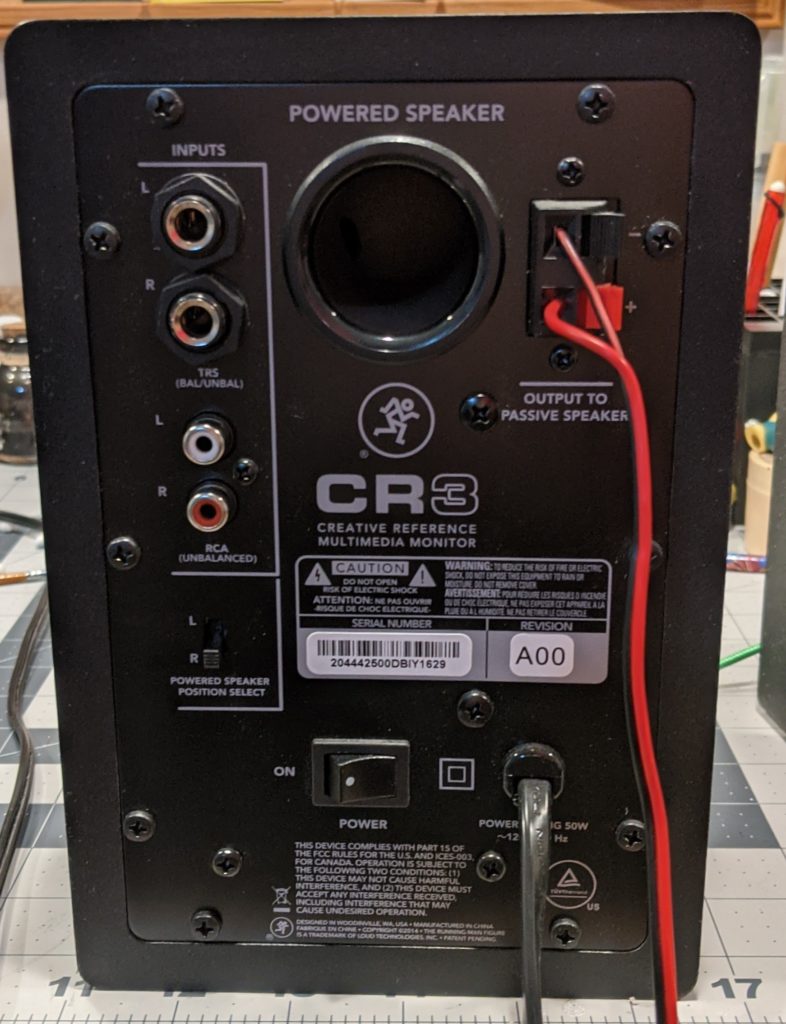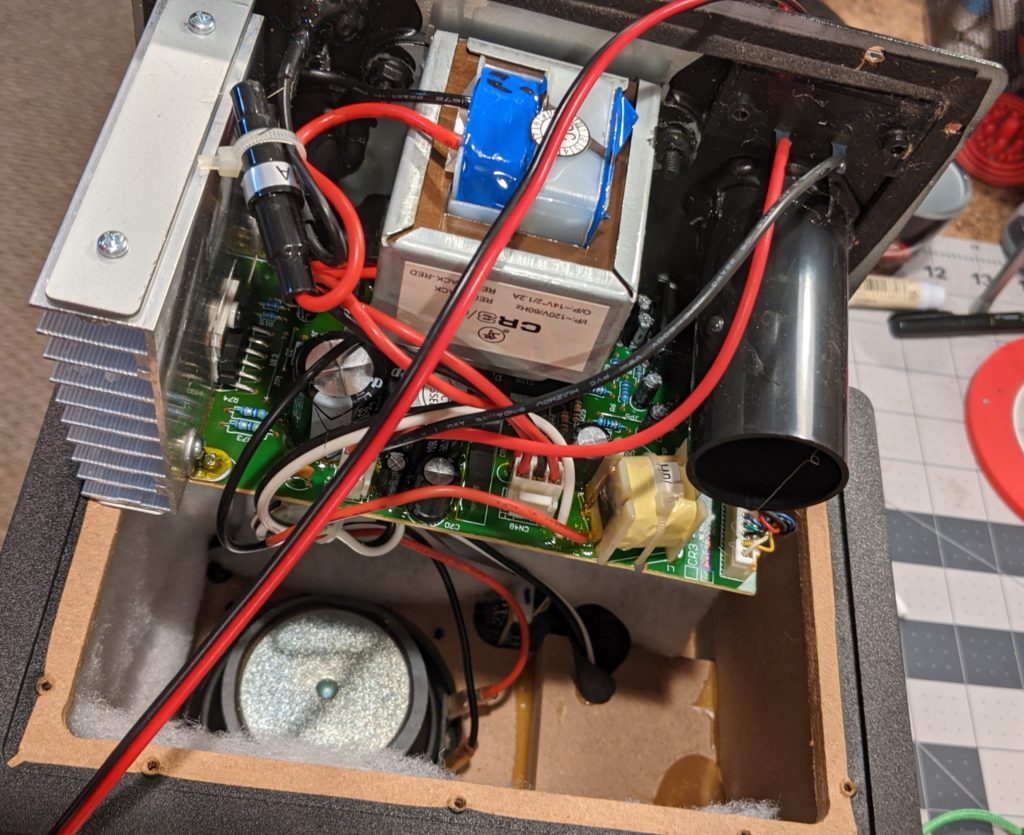Silveira Neto Posts
- Download it
- Decompress it
- Use an Adobe Flash emulator such https://ruffle.rs/demo/
While nostalgia does play a part in my interest for retro technologies, it is not my only motivation on exploring this subject.
There is a lot to learn from previous technologies designs that can be applied. There are patterns that are common
1. Learning to reuse
2. Interest for learning
- Turn the TV off.
- Turn it on.
- When you see the TLC logo repeatedly press the menu and channel up together as many times per seconds as you can.
- If it works you will be out of this blue nightmare. If not repeat from 1 until you get it right.
- Alt + Tab to choose the window
- Alt + Space to open the context menu
- Press ‘m‘ to select move
- Press any arrow key once
- Move your mouse and the misplaced window will follow your cursor
Tested on macOS Mojave version 10.14.
This fixes an issue that sometimes happens with Atom.

The KORG microKORG is a great synthesizer and vocoder launched in 2002. It does not feature a USB port but you can use a interface to convert MIDI to USB and use it to play with an iPad Pro (4th generation) launched in 2020.

This is a setup that I use to compose or play in the bedroom in headphones. I try to be not have a lot of cables and to be easy to set it up and down.

MIDI to USB: I’m using a LiDiVi MIDI to USB interface to connect the IN and OUT MIDI ports from the KORG into a USB hub. If you are looking for a MIDI to USB interface this one is fine but has extremely bright, blinking and annoying LEDs I will probably cover them with black tape later. I suggest going with a more discreet interface (although I like the colorful cables).
USB hub: I’m using a QGeeM 8-in-1 USB hub. A USB hub is not really necessary as I could use a USB to USB-C converter and connect the MIDI to USB interface directly to the iPad and enjoy their 4 speakers. However I want to use headphones. I have tried Bluetooth headphones but they introduced a unbearable delay between pressing the keys and the sound.
It is optional but convenient to power the USB hub so it can keep the iPad charged. Unfortunately you need the MicroKorg using either a DC 9 Volts AC adapter or six AA batteries. I’m using batteries to avoid having yet another cable. I’m my experience the batteries last quite a while.
The MicroKorg is full-fledged synthesizer with the capabilities of understanding MIDI that make it capable to control softwares on a iPad.
Pros:
- 3 octaves
- Big buttons for octave shift up and down
- Pitch wheel
- Mod wheel
- Small form factor
- While not used as a MIDI device you can still use it as an standalone instrument.
Cons:
- You have to use an external power source or batteries.
- A personal preference but I find that you have to press the keys with a little bit too much force in order to get the full velocity.
I’m currently using it with the KORG Gadgets 2 app but it will work with software that accepts MIDI input.
Passando aqui pra recomendar o episódio “Mil dias de Marielle presente†do podcast Rádio Escafandro. Jornalismo investigativo, cientÃfico e altÃssima qualidade.
Problem: No sound coming out of the speakers. In the beginning the sound would come and go. Then the sound stopping became more frequent until being completely mute.

What is working: The headphone output is working fine. With it I could test that the auxiliary input (front panel) is working fine too. Left and right RCA inputs are working. Left and right left and right  6.35 mm (​1â„4 inch) inputs are working.
From the outside the only problem seems to be the speaker.

The cause: After some research I found that this is a common issue for Mackie CR3 Studio Monitors. The root cause seems to be the amplifier chip TDA7265. This chip works fine initially but after some months or years it starts malfunctioning sending a mute signal (output 5) to the board which mutes the speakers. This mute signal should only be triggered when a headphone jack is inserted however in the malfunction the signal is sent continuously.

Solution: cut the ping 5 with small cutting pliers. This stopped the mute signal but also removed the feature of muting the speakers when headphones are plugged. As this worked for me I could replace the TDA7265 chip (around $5) but I will not do that now.

Alternatives: here are some alternative solutions that did not work for me but I read that worked for some.
- Blowing air into the inputs to remove dust and debris.
- Quickly removing and inserting and inserting the auxiliary jack.
- Quickly removing and inserting and inserting the headphones jack.

Conclusion: Don’t buy these speakers. I got it in a bundle deal with some audio gear I bought about three years ago. Speakers should not fail in only three years. The design of this thing is flawed. It heats too much and components start to fail. The amplifier chip seems to be a common issue but when researching this I found switches, I also saw switches, diodes, capacitors, and resistances failing. Even after I fixed it I was hearing some cracking noise in some frequencies.
Supplementary materials:






